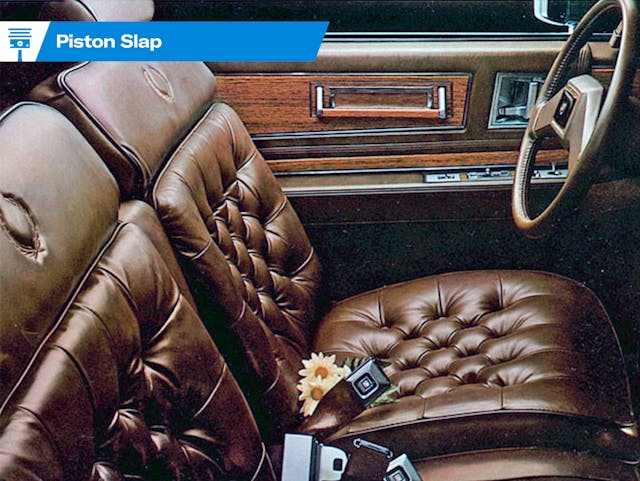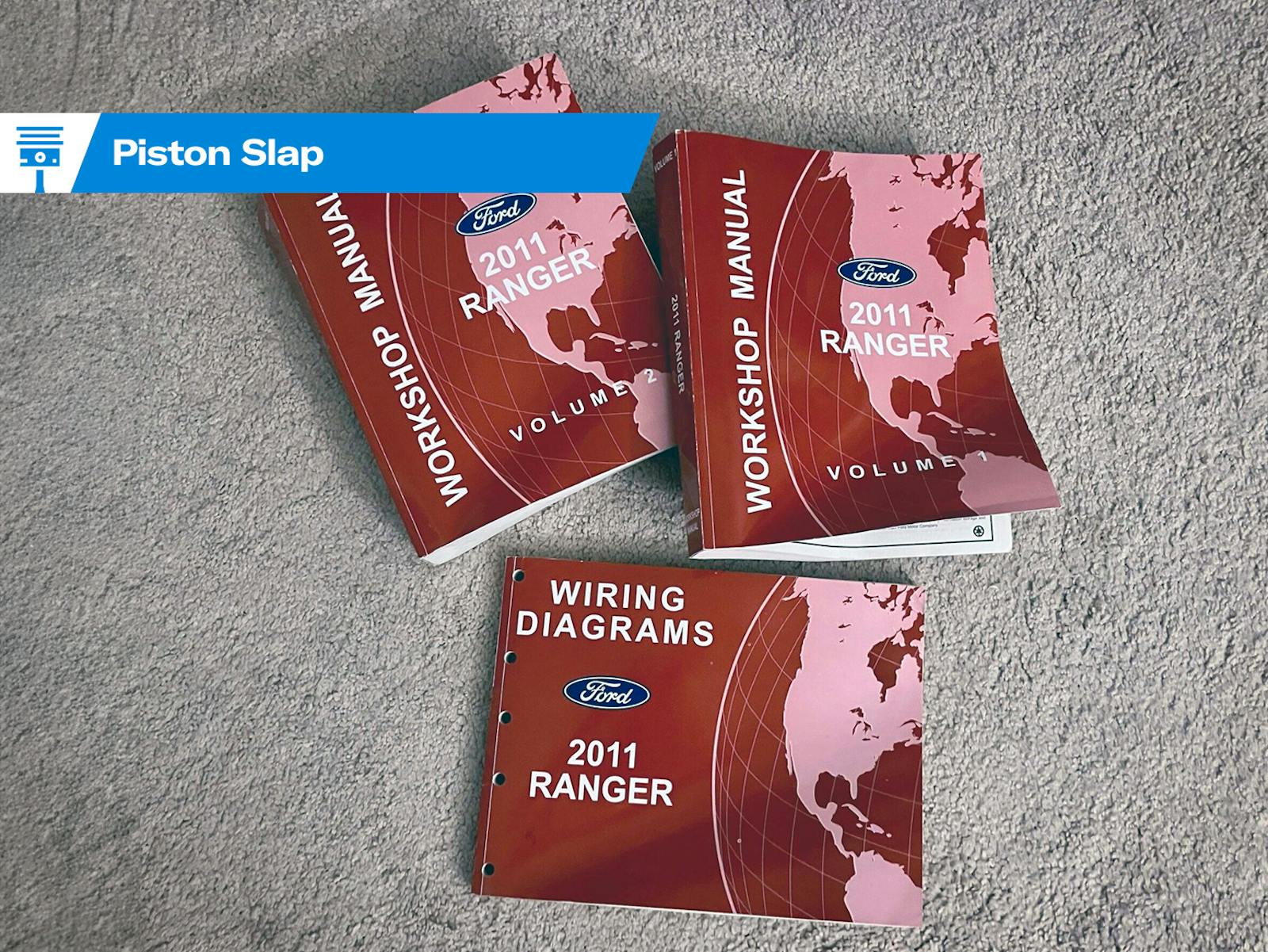Piston Slap: Addressing an Eldorado’s seat coupling?

Robin writes:
I have a 1984 Cadillac Eldorado with a power driver seat that doesn’t work. All the switches on the door work, but the seat won’t move, like a gear or sprocket is broken. The seat is stuck all the way back—and too far back for average driver. I feel there must be a way to adjust manually.
Would appreciate any help or where to get info! Thanks!
Sajeev answers:
Unfortunately, power seats aren’t like power sunroofs (or moonroofs), with their emergency crank handles to ensure a vehicle’s interior isn’t permanently exposed to the elements. Odds are you can perform some manual motivation to the seat track, once you remove it from both the Caddy and the seat cushions. But if you’re going that far, why not do it right and replace the broken part?
The video above shows the motor’s coupling has gone bad, and that’s likely a weak link on the power seat assembly of every 1980s GM automobile still on the road today. I recommend you take a good look around the power seat track, after removal from the cabin and the seat itself. Look for broken parts, cracked parts, failed cables, and obstructions on the track.
Anything at this point can fail, especially if the Caddy’s previous owners were less than tidy (and allowed debris to get jammed in the system). But I’m gonna take an educated guess that the aforementioned coupler failed inside the motor. You can buy the replacement GM part online, but there appears to be an improved design that might be worth a closer look.

Proper Parts makes an aftermarket coupler with more reinforcements, which likely means it won’t fail nearly as quickly as the GM part. But is that actually a good thing?
Sometimes parts need to be weaker to ensure the rest of the system remains healthy. These are called sacrificial parts, and their failure is by design. Of course, old plastic from the 1980s is gonna fail no matter what; time is never kind to vintage plastic. So perhaps the upgraded design from Proper Parts ensures this Eldorado will remain functional for the rest of our days on this earth?
Only a visual inspection of the problem will tell the whole truth! What say you, Hagerty Community?
Have a question you’d like answered on Piston Slap? Send your queries to pistonslap@hagerty.com, give us as much detail as possible so we can help! Keep in mind this is a weekly column, so if you need an expedited answer, please tell me in your email.


I agree a visual inspection is the way to go. I had a Deville where you could hear the motor spinning when selecting up or down on the power seat button. I ordered a whole new seat track online, thinking the issue was the actual motor had failed internally, and the gears were stripped out of the motor. After taking the seat apart and getting ready to swap over the motor from the seat track I bought, I realized the cable that ran from the motor to the seat track gear had snapped. All I had to do was replace the cable vs. drilling out the rivets to replace the motor, as I was in the process of doing when I realized what the real issue was. I could have saved myself $200 on the seat track and picked that cable up easily from the Junk Yard. But I could have never seen it until I had taken the seat out of the car and it was apart.
Couplers and cables are common failures on GM seat tracks, even when these cars were new.
If you get a cable from a junkyard, try to get one from a passenger seat. They are used less often.
Getting a power seat from a junkyard car can be difficult because there will often be no access to the attaching nuts. Sometimes you can remove, or partially remove, the seat from the track on a GM car, and forcing the seat out of the way can get you access to the mounting nuts/studs.
Note that if you can’t find an 84 Eldorado in the junkyard, that other GM cars used the same seat tracks. Seville, Riviera, and Toronado from 79 through 85 had identical tracks. Other GM cars of the period had similar, if not indentical seat tracks.
Ther was a time when Cadillac used higher quality seat tracks than other GM cars, for quieter and smoother operation. But that time was long ago.
My 1980 Seville, the window switches worked from time to time, and the seat switch didnt work at all, when I brought it Home in the 1990’s.. I swapped in different switch assemblies, and still had the same issues with the seat switch. Turned out, I needed to completely disassemble the unit, and clean the green corrosion from the Copper/Brass contacts, then apply a thin coat of electrical contact grease on the main contact areas. From there, also clean out all of the muck that had built up in switch assembly as well. Once done, I reassembled, and then cleaned the pins that pushed into the wiring contacts. Applied more electrical grease to the pins, then pushed the switch assembly back into the contacts, making sure they were fully seated. Once I did that, my seat worked like new again(even moreso when I cleaned the tracks, regreased them as well).. Turned out my window switches were like my seat switches, but had been replaced by a shop at some point, so they didnt have as much build up in them, as the seat switches yet.. These were common problems with the GM Buicks, Cadillacs, Oldsmobiles, & Pontiacs, that used similar switch assemblies, going back to the 1960’s or so..